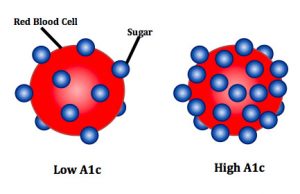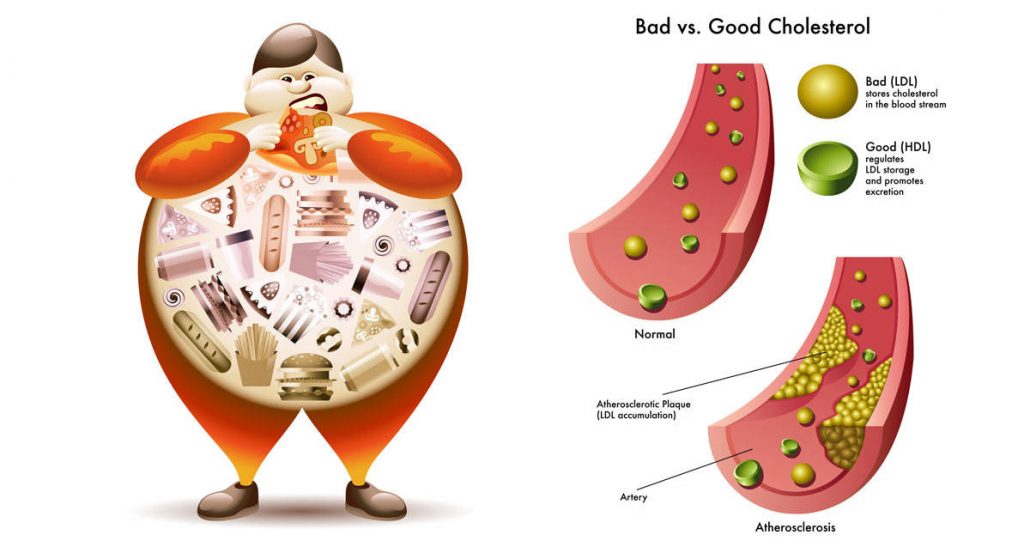Health by the Numbers
As a “plus-size” woman, I wholeheartedly endorse and fully take part in body confidence movements. Body confidence should not solely be about recognizing one’s good looks; it should also be about appreciating this amazing machine we get to inhabit in this sojourn here on Earth. The Psalmist was right; we are, indeed, fearfully and wonderfully made. In order to use a machine to its maximum potential, one must understand the features and parameters that will allow the machine function optimally while sustaining the greatest longevity. Our bodies are not any different. So, apart from dressing well and engaging in mental exercises that help you stay body-positive, it is very important to understand evidence-based health parameters and body facts that will help you live your best life.
So here they are: The critical health numbers that you should screen regularly
{regardless of how amazing you feel, whether or not you have symptoms or how awesome you look}
- Waist Size: Carrying more fat around the abdominal region (apple-shaped body) has been shown to be an independent predictor of all-cause mortality (the relative frequency of death) in men and women. Find the study by clicking here.

Waist Circumference: According to the National Institutes of Health, measuring waist circumference helps screen for possible health risks that come with overweight and obesity. If most of your fat is around your waist rather than at your hips, you’re at a higher risk for heart disease and type 2 diabetes. This risk goes up with a waist size that is greater than 35 inches for women or greater than 40 inches for men.
Waist to Hip Ratio (WHR): This is the best indicator of body fat distribution—it looks at the proportion of fat stored on your waist, hips and buttocks. WHR = Waist Circumference divided by Hip Circumference. According to the World Health Organization (WHO), abdominal obesity is defined as a Waist to Hip Ratio of >0.85 for females and >0.90 for males. For men and women, a WHR of 1 or higher is considered to be an indicator of high risk for heart disease and other problems associated with being overweight (breathing problems, high blood pressure, gallstones, diabetes, etc).
Waist to Height Ratio: Waist to height ratio of >0.51 for both sexes predicted Diabetes risk better than BMI. Also, it discriminated diabetic from non-diabetic with higher accuracy in both sexes. Find the article by clicking here.
- BMI: I put BMI after Waist Size because BMI does not assess body shape or body fat distribution. Also, BMI does not distinguish between fat and muscle, so it can overestimate fat in athletic/muscular bodies and underestimate fat in the elderly and others who have lost muscle. A study that looked at 16000 heart patients at the Mayo Clinic’s Cardiovascular Rehabilitation Program showed that a high BMI was associated with a 35% higher risk of death. Having a large waist in addition to high BMI nearly doubled the risk of dying (even after controlling for confounding factors like age, high blood pressure, diabetes, smoking and other risk factors for heart disease). Even the heart patients with normal range BMI but apple-shaped bodies (high waist size), were at increased risk of dying sooner, so do not be fooled by a normal BMI. Click here for the study.

Normal BMI: 18.5-24.9, Overweight: 25-29.9, Obesity: 30 and above, Underweight: Below 18.5.
BMI is not totally useless—you just have to look at it in the context of other factors/health parameters.
- Blood Sugar and Hemoglobin A1c: Even if you do not have Diabetes, it is important to have a sense of what your blood sugar is especially if you have a high BMI or large waist size as your risk of diabetes is high if you have either or both factors. Normal Blood sugar (Fasting/Before eating): 80-110 mg/dL; 2 Hours after eating: <140 mg/dL. Hemoglobin A1c (HbA1c) measures the amount of hemoglobin (the main protein in the blood) that is glycosylated (that has sugar). It gives you a better picture of your average blood sugar control over the past 2-3 months from the time of testing. HbA1c 5-6%: Pre-Diabetes; HbA1c > 6-7%: Diabetes.

- Blood Cholesterol and Triglycerides: There are two main types of blood cholesterol you need to know: LDL and HDL.
LDL is the bad cholesterol—it is the basic building block of plaques that clog up arteries (coronary arteries are the arteries that supply blood to the heart, when they get clogged up and block supply of blood to areas of the heart—that is a heart attack; when the arteries that supply the brain get clogged up, that is a stroke). For those without any risk factors for heart disease, LDL target range is 100-129 mg/dL (130-159 mg/dL is borderline high, 160-189 mg/dL is high, and >190 mg/dL is very high).
HDL is the good cholesterol—it clears the arteries of LDL cholesterol, so it prevents build up of artery plaque. For women HDL <50 mg/dL is bad and for men HDL <40 mg/dL is bad. For both > 60 mg/dL is desirable. 
Triglycerides are a type of fat found in the blood. By itself, high Triglycerides do not increase heart risk, however, in the context of high LDL and/or low HDL, then high Triglycerides increases heart disease risk. Optimal Triglyceride levels are 100 mg/L and below; 150-199 mg/dL borderline high, 200-499 mg/dL high, 500 mg/dL very high.
- Blood Pressure: Blood Pressure is the measure of the force of blood against the blood vessels carrying blood to the body (the arteries) with each heartbeat. The systolic pressure (the top number) is the peak pressure in the arteries and the diastolic pressure (the bottom number) is the lowest pressure in the arteries. When these numbers are high, it means that the heart is using a much higher force to get blood moved around the body—meaning that the heart is having to work much harder than normal. Over time, high blood pressure (Hypertension) will lead to heart muscle damage. Normal Blood pressure is 120/80; >140/90 is high risk of heart damage.

Optimizing these health parameters will help decrease the risk of developing cardiovascular disease and diabetes; and, if you already have cardiovascular disease and/or diabetes, working on these numbers can help with managing them. When you do that which is in your control to optimize these health parameters, you will not just look your best; you will also feel your best living your best life as your body will start to function at its peak potential.
I would love to hear your thoughts on this topic. Please share them in the comment section below and let’s grow together, building a strong community of lifelong learners.
Love,
Chichi








Great tips. Thanks so much for always making out time to bring important life subjects for our reminder as well as enlightenment. 😍😍
God bless you immensely Boo!🙏🙏
Thank you so so much for reading!!!God bless you too 🙂